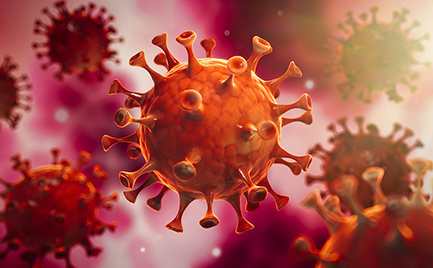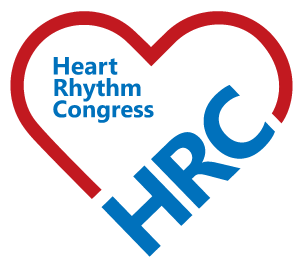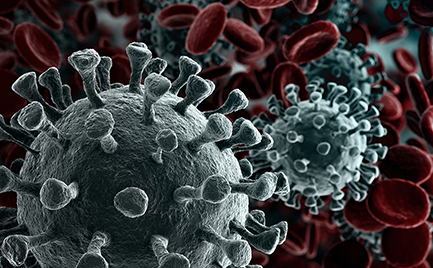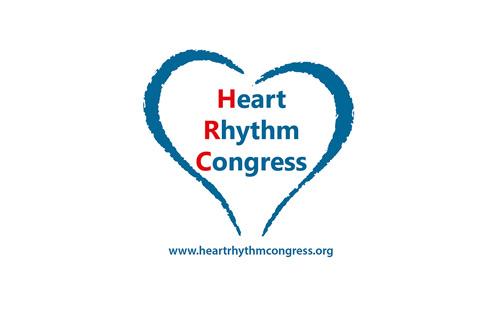Introduction: There are very few studies conducted to date linking COVID-19 with incidences of atrial fibrillation (AF) in patients. Though not so common, cardiovascular diseases and complications do occur, affecting morbidity and mortality of COVID-19 patients. The underlying mechanism of AF in COVID-19 is largely unknown. Some proposed putative mechanisms include a reduction in angiotensin-converting enzyme 2 (ACE 2) availability, sialic acid–spike protein interaction, enhanced inflammatory response and electrolytes/acid base abnormalities in the acute phase of illness.
Methodology: We conducted a retrospective, cross-sectional study evaluating a relationship between COVID-19 illness and new cases of AF. Cases were selected from Jan 2021 to Jan 2022 from patients who were symptomatic along with positive COVID-19 PCR test in the past 4 weeks. The inclusion criteria were met in each case (i.e. no past medical history of AF, with an electrocardiogram confirming new AF while admitted. We also tried to understand and estimate the incidences of AF with COVID-19 clinical severity.
Results: Over 1 year, 500 patients who were admitted to COVID-19 isolation wards were randomly selected for this study. Of these patients, 65 were identified as having new AF while admitted due to COVID-19 illness. COVID-19 patients who required admission to the intensive care unit, just below 20% out of total studied, were found to have new episodes of AF, which was a significantly higher percentage compared with our randomized COVID-19 group who were admitted to wards.
Conclusions: It was found that with severe COVID-19 infection, chances of developing AF was significantly higher. It was also found that COVID-19 patients developing AF were older and had few pre-existing risk factors, such as ischaemic heart disease and hypertension. With more research studies available on this topic in future, we may have to adapt a strategy to screen patients for paroxysmal AF who have had recent severe COVID-19 illness to prevent them having a possible stroke as a complication from AF.







